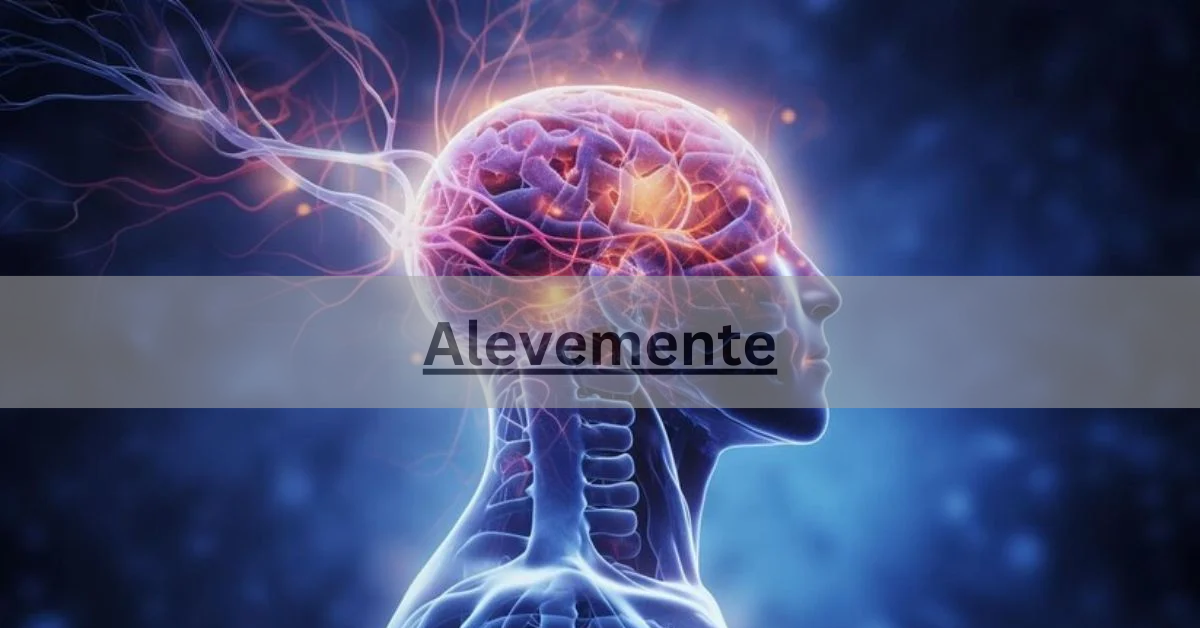The word “käänät” might appear mysterious or foreign to many, especially those unfamiliar with its linguistic roots. In this article, we delve into the intriguing concept of “käänät,” exploring its meaning, cultural significance, and relevance in today’s world.
Through a detailed examination, we aim to uncover the layers of interpretation surrounding this term, offering insights that will engage both linguists and those with a general interest in language and culture.
Understanding “Käänät”: Definition and Origin
What Does “Käänät” Mean?
The term “käänät” finds its origins in the Finnish language, where it typically means “translations” or “turns.” In its simplest form, it represents the act of changing something from one form to another, whether that be language, perspective, or physical state. This concept of transformation or adaptation is central to many cultural and linguistic interpretations.
The Linguistic Roots of “Käänät”
Linguistically, “käänät” is derived from the Finnish verb “kääntää,” which means “to turn” or “to translate.” It is used in various contexts, from translating texts and turning pages to metaphorically turning ideas or perspectives. Understanding the nuances of this term requires a deeper look into its usage and the cultural backdrop against which it is set.
Cultural Significance of Käänät:
The Role of Käänät in Finnish Culture
In Finnish culture, the concept of “käänät” goes beyond mere linguistic translation. It embodies the broader idea of adapting to change, whether in language, lifestyle, or environment. The Finnish people are known for their resilience and ability to adapt to the harsh climates and changing seasons, and “käänät” reflects this cultural adaptability.
Symbolism and Metaphor
“Käänät” also serves as a metaphor for transformation and growth. In literature and art, it often symbolizes a journey or a personal evolution, capturing the essence of turning over a new leaf or embarking on a new path. This symbolic usage highlights the depth and versatility of the term in conveying complex human experiences.
How Does Käänät Relate to Technology?
- Translation and Localization: “Käänät” means “translate” in Finnish. It relates to technology through translation software and services that adapt content for different languages and cultures.
- Machine Learning and NLP: “Käänät” connects to machine learning and natural language processing, used in tools like Google Translate, which convert text between languages using advanced algorithms.
- User Experience (UX) Design: Effective translation is crucial for user experience in global tech products, ensuring users from various linguistic backgrounds have a smooth interaction.
- Cross-Cultural Communication: “Käänät” emphasizes the importance of technology in bridging language gaps for better global communication and collaboration.
- Tech Support and Customer Service: It involves tools that provide multilingual support, helping tech companies assist users in their native languages.
- Content Management Systems (CMS): “Käänät” relates to how CMS platforms manage and translate content across different languages for effective publishing
Can “käänät” be applied to business strategies?
Yes, “käänät,” which emphasizes adaptation and transformation, is highly applicable to business strategies. By embracing this concept, businesses can effectively respond to market changes, integrate new technologies, and enhance customer experiences.
Adopting “käänät” fosters innovation, helping companies stay ahead of industry trends and improve efficiency. It also supports managing organizational changes smoothly and building resilience to handle setbacks. Overall, applying “käänät” enables businesses to remain competitive, grow, and thrive in a dynamic environment
Practical Applications of Käänät:
Language and Translation
In the realm of language, “käänät” is primarily associated with translation. The art of translation involves not only converting words from one language to another but also capturing the nuances and cultural contexts that make each language unique. Translators serve as cultural bridges, turning the unfamiliar into the familiar and making communication possible across linguistic divides.
Technology and Adaptation
In today’s digital age, the concept of “käänät” extends to technology and adaptation. As new technologies emerge, individuals and organizations must “turn” or “adapt” to these changes to remain relevant and competitive. This includes adopting new tools, processes, and mindsets that embrace innovation and transformation.
Personal Development and Change
On a personal level, “käänät” can be seen as a metaphor for personal development and change. Whether it’s turning a negative situation into a positive one or adapting to new life circumstances, the ability to “käänät” is essential for personal growth and resilience. It encourages individuals to embrace change and view it as an opportunity for learning and self-improvement.
The Global Perspective on Käänät:
- Cross-Cultural Connections: While “käänät” is a Finnish term, its underlying concept resonates globally. Cultures worldwide have their own interpretations of transformation and adaptation, reflecting universal human experiences. By exploring these cross-cultural connections, we gain a broader understanding of how “käänät” can enrich our global perspective.
- The Importance of Adaptability: In a rapidly changing world, adaptability is more important than ever. The ability to “käänät” or turn towards new opportunities and challenges is a valuable skill that transcends cultural and linguistic boundaries. Embracing this mindset fosters innovation, creativity, and resilience in both personal and professional contexts.
FAQ’s:
1. What is the literal translation of “käänät”?
“Käänät” literally translates to “translations” or “turns” in English, derived from the Finnish verb “kääntää.”
2. How is “käänät” used in Finnish culture?
In Finnish culture, “käänät” is used to signify adaptation and transformation, both in literal and metaphorical contexts.
3. Can “käänät” apply to personal development?
Yes, “käänät” can symbolize personal growth and change, encouraging individuals to adapt and embrace new experiences.
5. Why is adaptability important in today’s world?
Adaptability is crucial for navigating a rapidly changing world, fostering innovation and resilience in personal and professional settings.
6. How does “käänät” connect to language translation?
“Käänät” is associated with translation, emphasizing the importance of capturing cultural nuances and context in language conversion.
7. What is the symbolic significance of “käänät”?
Symbolically, “käänät” represents transformation and growth, often used in literature and art to depict personal evolution.
8. How does “käänät” reflect Finnish resilience?
“Käänät” reflects Finnish resilience through its embodiment of adaptability and the ability to thrive in changing environments.
Closing Remarks:
In conclusion, the concept of “käänät” offers a rich tapestry of meaning and interpretation. From its linguistic roots in Finnish culture to its broader applications in language, technology, and personal growth, “käänät” embodies the universal human experience of transformation and adaptation. By exploring this concept, we gain valuable insights into the power of change and the importance of embracing new perspectives.










